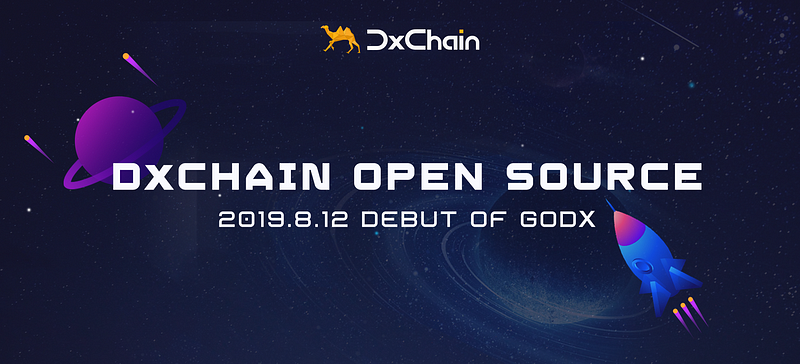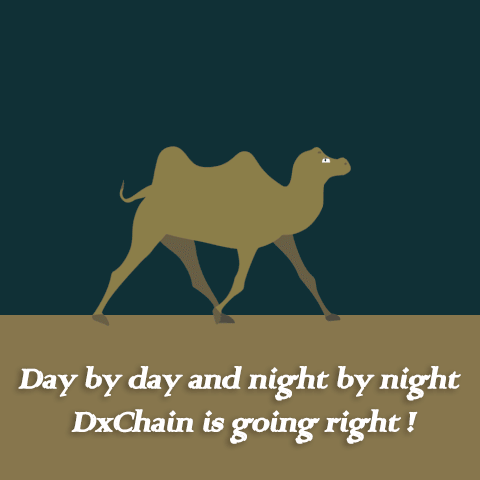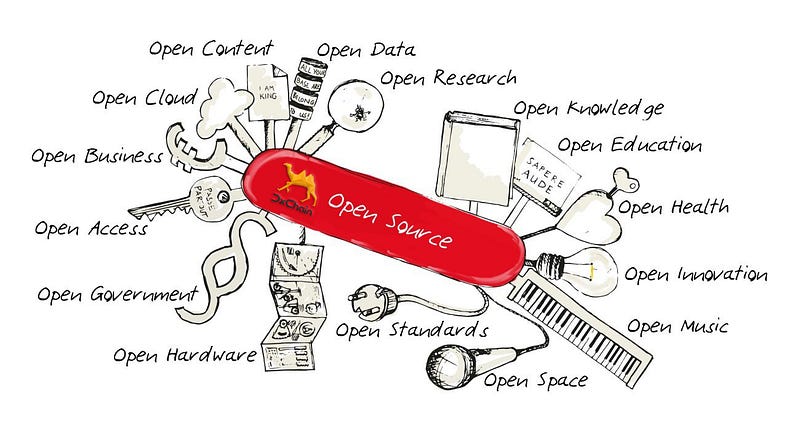
Recently, the DxChain project team proudly announced that public chain Godx project is now open source! And today we will talk about the pros and cons, touching on some of the most common myths about open source software. I will mention each of the errors and explain why it is wrong. Surely, you will be able to recall more amount of, but, in my opinion, these five are the most “hellish” ones.
Open source software has its admirers, and recently, if it comes to the development of many products, they mostly mean open source. Paradoxically, the interest in this type of software has generated a lot of distortions and misconceptions, which in practice impede its distribution.
An open source project is an open project
Any software project consists of many aspects: the source code of the project, information about uncorrected defects, the source code of the tests, documentation. The source code of the project is only part of it, free access to which does not give the right to call the entire project open. In addition to the source code, free access should be open to other development aspects, and the more of them are open, the more the project is open to contributors (people who want to contribute to the project). In addition, transparent processes between all community members, open communication in the project, etc. are needed. All these measures will only contribute to the development of the project and fruitful cooperation of community members. In general, I think this is a step in the right direction on the part of the DxChain project, but so far this is only the first step.
Open source products contain only open source code
Companies that develop commercial solutions based on open source projects may include closed components in their products. Because it is the additional closed functionality that can give them a competitive advantage among companies that also build a business on the basis of this open project. It is closed components that often form a product that a company can sell to its customers and earn money on it.

Using open source software is completely free
There is a common belief that free software is at the same time completely free. However, the price of the software itself is only a small part of the costs associated with its use. Free software is no exception, so before using it, you must evaluate its entire life cycle. This is the only way to conclude whether the introduction of open source software will be profitable or not.
Let’s look at it with examples:
- An experienced user has installed and configured a freeware program on his computer. He paid for it with his time spent on installation, development, support (updates, etc.)
- An inexperienced user asked an experienced user to install a freeware program on his computer, paying for his services
- The hosting company has begun providing services based on open source solutions. Such a company will pay either staff from its IT department or the company that is involved in the development of this project for implementation and technical support. Which option the company will choose depends on the cost, but the fact that the project to implement and use open solutions will not be free is a fact.
In all examples, there was no purchase of the right to use the program (license), which actually happens during the acquisition of commercial software. But each time a different cost arose, for example, the cost of services or the cost of one’s own business, plus cost savings due to the free right to use.
One of the advantages of Open Source is that marginal costs are essentially absent, since here, as a rule, additional licenses are not required as the implementation expands.
If we are talking about a DxChain products, for example, DxBox cloud storage, then roughly speaking, the existing model of the service is built in such a way that users themselves use and are interested in maintaining the network and the product as a whole. In this case, all costs will be transferred to the expenses of the user himself associated with maintaining the operability and maintenance of the network node or a specific application of the service: time to start and configure this app, depreciation costs, and electricity bills.
You cannot build a business on open solutions due to lack of technical support
Support is a key point for users. An ordinary user can do without it when using open source software, as we explained in the examples above, but companies need technical support in most cases.
Serious open source projects are either actively supported by the development community, or there are companies that can provide support for large businesses on a commercial basis. And if necessary — and add the necessary functionality to the product.
The main advantage of working and building a blockchain network, in particular, for example, smart contracts based on it, is autonomy and complete independence from third parties. However, user support issues nevertheless can and will arise, but they will most likely be related to other aspects than the functioning of the products.

DxChain is developing an entire ecosystem, a decentralized platform to solve the problem of storing and analyzing big data. The platform has two main focuses of its activity: computing and storage. Over time, with the growth and expansion of the functionality of the ecosystem itself, with the advent of large corporate clients and users on the platform, it is quite possible that there will be a need for their constant support. How this will be implemented is not yet clear, however, if you turn to the DxBox product now, you can see that it is extremely easy to use and does not need any special support.
The quality of open source software is worse, because anyone can write code for it
The main principle of open source software — open joint development — is in itself a guarantee that poor-quality code, crutches and patches simply cannot be hidden from other participants. A person participating in such projects is prepared for the fact that his work will be subjected to analysis and criticism, which means that he will not be foolish. His reputation is at stake, and nobody wants to lose it.
In addition, in some communities (for example, the community surrounding the development of the Linux kernel), there is a strict principle — only the best, tested and ideal code is accepted in the source kernel. An attempt to add low-quality changes will be rejected, the second attempt is fraught with a loss of reputation for the person or company-contributor.
That is, an open project really makes it possible for anyone to take part in writing code, but in serious projects, because of the high entry threshold, the code will not be accepted from people with an insufficient level of expertise.
Most large IT companies (IBM, Google, Canonical, Parallels, etc.) have entire departments in which specialists get paid for working on open source projects and thus indirectly work on the company’s products.
Separately, it is worth mentioning that companies that develop products based on open source are interested in improving this code during testing. Therefore, all detected problems will be corrected and it will be sured that this fix is added to the main branch of the project in order to have as few differences as possible in its code and the code of an open project.

Godx Open Source showcased the transformation of DxChain from being a team leading project to one that is driven by the community. DxChain is going right!
Everyone is welcome to provide with valuable comments or suggestions by reporting an issue on GitHub. Every bug report and algorithm proposal will help DxChain’s development. DxChain looks forward to developing with DxChain’s global community in the future, building a win-win, healthy developer ecosystem with continuous technological innovation, and leaving a permanent mark on the blockchain world.
For more information, please visit:
- Website
- GitHub
- YouTube
- Medium
- Steemit
- Blog
- Telegram News
- DxChainGlobal (New)
- DxChainGlobal (Full)
- DxChain Chinese
- DxChain Russian
